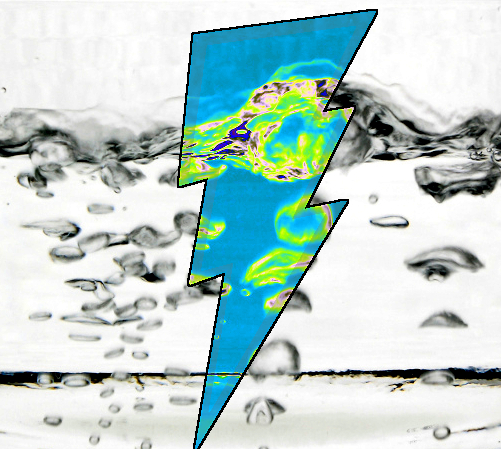Plasma backs ammonia advance
 Australian researchers have come up with a cleaner and greener way to make ammonia.
Australian researchers have come up with a cleaner and greener way to make ammonia.
Ammonia synthesis was one of the critical achievements of the 20th century. When used in fertilisers that quadrupled the output of food crops, it enabled agriculture to sustain an ever-expanding global population.
But since the beginning of the 1900s when it was first manufactured on a large scale, production of ammonia has been energy intensive – requiring temperatures higher than 400 degrees C and pressures greater than 200 atmospheres – all powered by fossil fuels.
Trying to convert atmospheric nitrogen (N2) directly to ammonia using electricity “has posed a significant challenge to researchers for the last decade, due to the inherent stability of N2 that makes it difficult to dissolve and dissociate”, says Dr Ali (Rouhollah) Jalili from UNSW.
Dr Jalili and his colleagues devised proof-of-concept lab experiments that used plasma (a form of lightning made in a tube) to convert air into an intermediary known among chemists as NOx – either NO2- (nitrite) or NO3- (nitrate). The nitrogen in these compounds is much more reactive than N2 in the air.
“Working with our University of Sydney colleagues, we designed a range of scalable plasma reactors that could generate the NOx intermediary at a significant rate and high energy efficiency,” he says.
“Once we generated that intermediary in water, designing a selective catalyst and scaling the system became significantly easier. The breakthrough of our technology was in the design of the high-performance plasma reactors coupled with electrochemistry.”
Professor Patrick Cullen, who led the University of Sydney team, adds: “Atmospheric plasma is increasingly finding application in green chemistry. By inducing the plasma discharges inside water bubbles, we have developed a means of overcoming the challenges of energy efficiency and process scaling, moving the technology closer to industrial adoption.”
In addition to the advantages of being able to scale down the technology, the team’s ‘green’ method of ammonia production could solve the problem of storage and transport of hydrogen energy.
“Hydrogen is very light, so you need a lot of space to store it, otherwise you have to compress or liquify it,” says Professor Rose Amal.
“But liquid ammonia actually stores more hydrogen than liquid hydrogen itself. And so there has been increasing interest in the use of ammonia as a potential energy vector for a carbon-free economy.”
Professor Amal says ammonia could potentially be made in large quantities using the new green method ready for export.
“We can use electrons from solar farms to make ammonia and then export our sunshine as ammonia rather than hydrogen,” she said.
“And when it gets to countries like Japan and Germany, they can either split the ammonia and convert it back into hydrogen and nitrogen, or they can use it as a fuel.”
The team will next turn its attention to commercialising this breakthrough, and is seeking to form a spin-out company to take its technology from laboratory-scale into the field.








 Print
Print